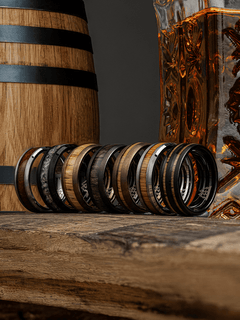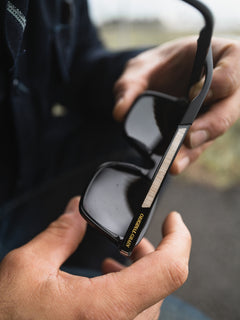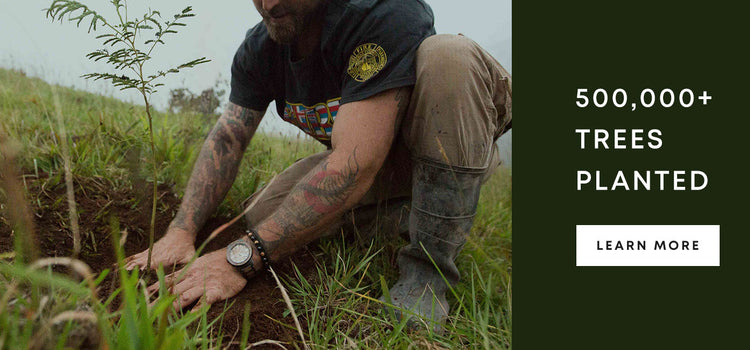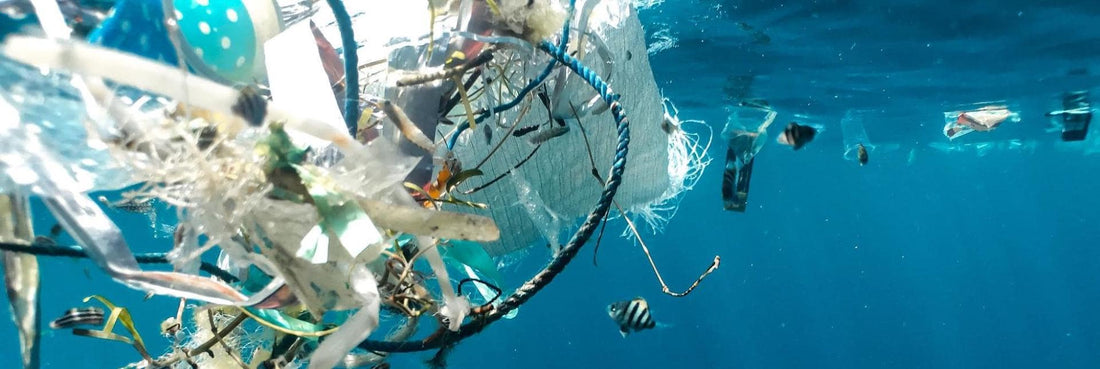When you hear about climate change and global warming, the first thing that comes to mind is probably the atmosphere. By now, we’ve all been taught about fossil fuels, carbon emissions, and the ozone layer, so most of us have knowledge of these issues.
However, climate change is a lot more than just global warming, and there is plenty left for all of us to learn about our planet! One aspect of climate change that isn’t addressed often enough is our oceans. You might have heard a few news stories here and there about coral reef bleaching, and you probably still remember the Deepwater Horizon oil spill in the Gulf of Mexico back in 2010. However, a far more complex and dangerous problem to our oceans is still at large.
Plastics.
As the world continues to use plastics at an alarming rate, our oceans are starting to take the worst of it. Plastic pollution in the ocean has become one of the most prominent issues at stake when it comes to climate change, and it’s not just because of all the trash.
To fully help you understand the problem, this article will explore precisely how plastics get to our oceans in the first place and what their impact is once they’ve arrived. From the infamous “garbage island” to the realities of ocean acidification, here are some of the most critical facts you should know about plastics in our oceans.
Why Is Plastic SO Bad?
In some regards, plastic was one of the most revolutionary inventions of its time. When it was first developed, it was hailed as an excellent replacement for many natural, finite resources like ivory, wood, and other materials. For decades afterward, plastics steadily grew to worldwide fame and really took off after World War II.
It wasn’t until the 1960’s that we started to realize the impact that plastics were having on our environment. By then, plastic was so ingrained in our societies that it’s been pretty much impossible to slow its roll. Since then, climate activists have been pushing to ban plastics as much as possible.
Even with all this attention, most people still don’t fully realize how dangerous plastics can be, especially when they make it to our oceans. For starters, plastic takes a long, long time to biodegrade, with an estimated 400-year lifespan. Additionally, plastic is created using petroleum, one of the most significant contributors to climate change.

Even with this information, many people will still brush off the idea of plastic pollution until they can grasp the scope of the problem. To put it into perspective:
- Currently, there is an estimated 150 million metric tons of plastic in marine ecosystems alone.
- Every year, 8 million more metric tons of plastic reach our oceans, growing marine pollution steadily. This is equivalent to dumping a New York City garbage truck of plastic into the ocean every minute, of every day, for a year.
In short, plastics don’t decompose, they are created using harmful fossil fuels, and the amount of plastic pollution in the ocean is growing at an alarming rate.
How Does Plastic Get To The Ocean?
Most people’s next question is often about the path plastic takes from factory to environment, and it’s a valid question. After all, how can a candy wrapper thrown away in your own home end up in the stomach of a fish in the Pacific Ocean?
The answer starts with trash. Ideally, we would like to recycle all of our plastics, which can help keep them out of the environment. However, it’s estimated that only about 12% of all plastics globally are recycled, while the other 88% are sent to landfills and incinerators. This, combined with all of the plastic debris that doesn’t even make it into the trash can (littering, illegal waste dumping), is where the problem lies.
The wind carries lightweight plastics from landfills and garbage trucks, drains continually wash away plastic waste, and anything tossed in a river has a good chance of ending up in the ocean.
So, even if you’re throwing away your plastic in the middle of the United States, there’s still a pretty decent chance that it’ll end up in the ocean, especially because it will never decompose naturally.
What Is Plastic Doing To The Environment
Now that we generally know how much pollution is in the ocean (from plastics anyway), scientists and conservationists have determined many of the adverse effects it is bringing about.
Garbage Patches
A few decades ago, we first learned about the concept of ocean garbage patches, as a man named Charles Moore discovered what is now called “The Great Pacific Garbage Patch.” These patches are exactly what they sound like; enormous floating collections of ocean pollution that grow daily. The largest of them all, The Great Pacific Garbage Patch, is made of roughly 1.3 trillion pieces of trash, covering an area two times the size of Texas.
And that’s just one of the five known patches in the world!
Microplastics
Arguably the most pressing danger that plastic presents is also the hardest to see. Because plastic doesn’t decompose naturally, it can only break down into smaller and smaller pieces. Over time, these pieces become so small, they get dubbed “microplastics,” and these tiny particles make their way into pretty much anything and everything.
Increasingly, we are finding dead marine animals with pounds and pounds of plastic in their stomachs. Often, these plastics are the cause of death, as marine life unknowingly fills their bellies with plastic, leaving no room for real food. It isn’t just fish and seabirds, though; the average human being eats an estimated 70,000 pieces of microplastic a year!
Chemicals
When plastic breaks down to microplastic, it also releases a significant amount of chemicals into the ocean. These chemicals contribute to ocean acidification, which increases the CO2 levels of the water, making it harder for marine life to exist. Additionally, the chemicals released can trigger large blooms of algae.
While this might sound like a good thing, once the algae decompose, the water around the blooms rapidly loses oxygen, leading to something called a “dead zone.” These dead zones can cause massive fish die-offs, which can, in turn, upset the ocean food chain significantly.
How To Move Forward
Unfortunately, these ocean pollution facts don’t even cover the entirety of the problem, and as you might have gathered, plastic isn’t going anywhere anytime soon. Though there aren’t any 100% effective ocean pollution solutions yet, there are steps we can all take to try and help.
You can try to reduce your use of plastic however you can, particularly with single-use plastics like plastic bags and plastic bottles. You might also donate to particular conservation organizations or get involved in local trash cleanups! Every little bit helps, and hopefully, soon, we will see a change begin.
Here at Original Grain, we take sustainability seriously, which is why this plastic dilemma is so important to us. We ensure that all of our products are made from sustainably sourced and reclaimed materials so that we don’t continue the cycle of waste and pollution!

Though we started with reclaimed wood and stainless steel, one of our newest watches is sourced directly from ocean plastic waste! By turning the problem into part of the solution, we’re hoping to make a difference in the world, and look good while doing it. To learn more, check out our blog, and take a look at our catalog of fantastic and sustainably crafted watches and accessories.



























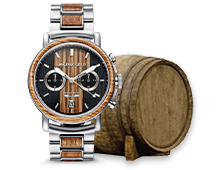


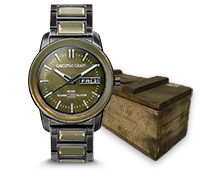







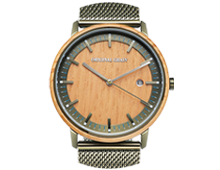








 Bob Marley
Bob Marley
 Coors Banquet
Coors Banquet
 Ford Motor Co.
Ford Motor Co.
 Realtree
Realtree
 Grand Ole Opry
Grand Ole Opry
 Ryman Auditorium
Ryman Auditorium
 Taylor
Taylor
